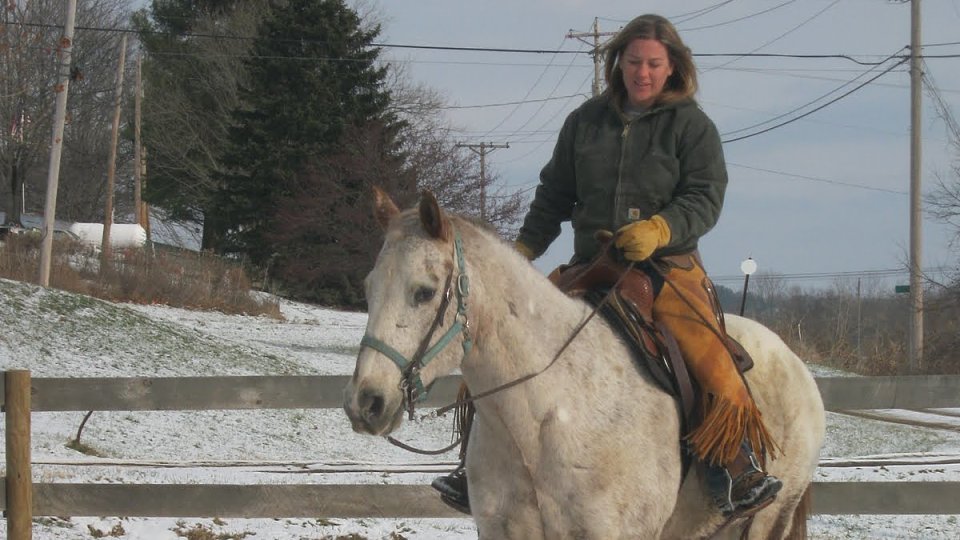Moving Forward
Statement of Purpose:
There are many people, groups and organizations involved in rescuing horses. Certainly there is more than one “right” way to save horses but I want to share with this group what I am doing with the Sugar Creek horses. It concerns me that there are “rescues” that need rescued. Saving horses takes more than good intentions. The reality that everyone involved with this has to acknowledge is that resources and good homes are limited. With that in mind I believe it is up to me to chose the horses that are most likely to be placed in those homes. This is resource management. I cringe when I read the desperate posts to “Save her life!! Will ship to Canada slaughter house tomorrow! Please direct bail her tonight!!” Of course saving a horse is a noble cause, but it has to be done with an understanding of the time and financial commitments required. When people react emotionally to these posts or situations the horses can end up suffering. There has to be planning and thought given to the long term consequences of the decision to rescue or “bail” a horse.
Realistically some horses are more likely to be placed than others. A younger, sound horse with some training has a much better chance of finding a home than a horse with major health or behavior issues. That being said I am not opposed to putting the training on a horse that has potential – I realize that the more training a horse has the greater the chances of finding and keeping a good home. Consciously choosing which horses to devote time and resources to prevents the warehousing and “hoarding” situations that sometimes take place with horse rescues. I am not providing an end of life “sanctuary” for these horses, I am in a very real sense running an equine “halfway” house.
Large, well established charities (i.e. The Red Cross, Salvation Army, etc.) understand the need for good management practices. The long term has to be kept in mind for any organization to continue to function well into the future. When "rescues" do everything LOW budget with little or no thought given to the sustainability of what they are doing, they create a poor reflection on the cause. To a point an equine “rescue” or halfway house has to be run like a business. Time and resources have to be managed. Equipment and facilities need to be managed in a way that reflects a degree of professionalism. This contributes to the long term stability and sustainability of the organization.
To summarize my statement of purpose; I feel that because time, resources, and good homes are limited it is up to me to take an objective and rational approach to choosing which horses to pull from Sugar Creek. Unfortunately I can not save them all. I welcome your support in moving forward with this.

